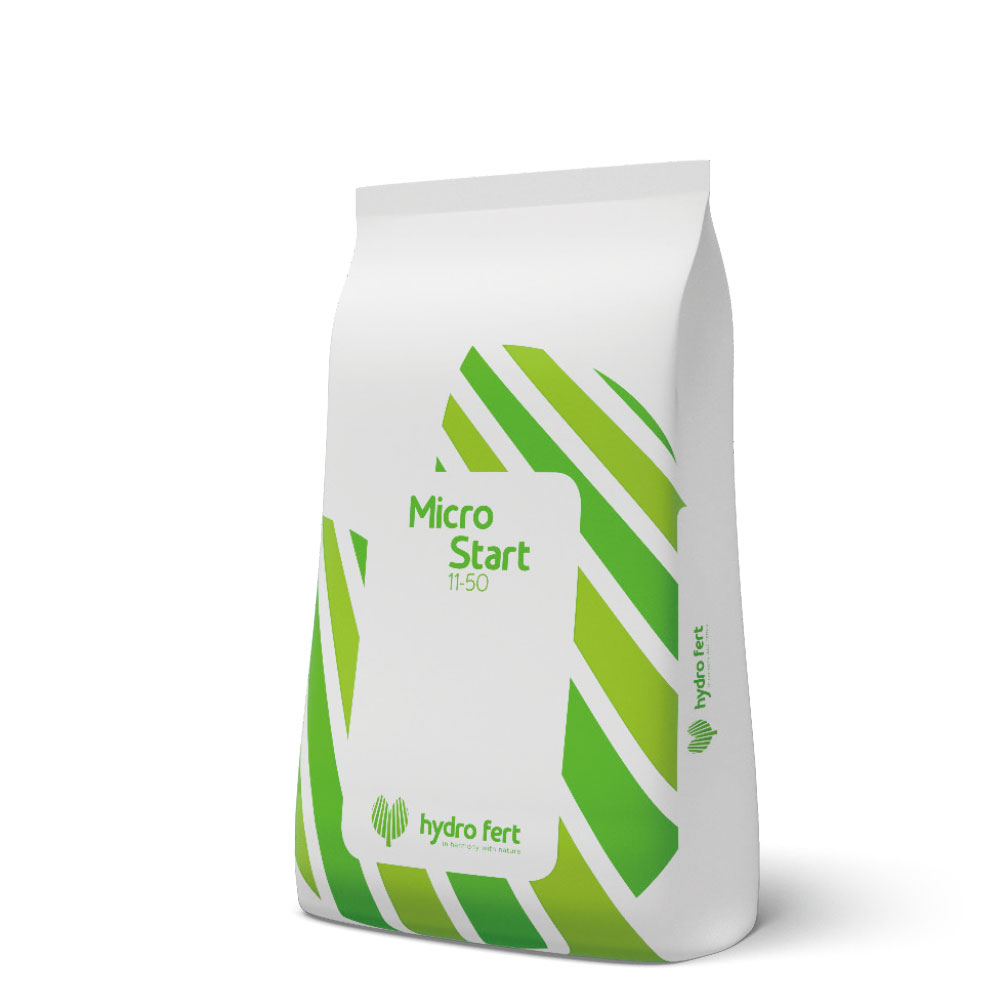In Italy, during this period of the year, it is possible to plant autumn-winter cereals, which are mainly represented by durum and soft wheat.
What are the right measures in order to obtain the best results in terms of yields?
Surely the methods of fertilization, the timing and the fertilizers used play a fundamental role. Recently, particular attention has been placed also onto specific cultivation techniques: in particular the localized fertilization.
The localized fertilization in the seed furrow
Lately, the technique of localized seeding has spread in the cultivation of autumn-winter cereals. Such technique consists of the addition of nitrogen and phosphorus near the seed, thanks to the use of specific fertilizers.
This process has two important benefits:
- An economic advantage, because it reduces the number of passages with the tractor and the amount of fertilizer used;
- An advantage in terms of effectiveness, because it nourishes only the sown crop.
In the early stages of development, the roots of the wheat can intercept the nutrients within a certain radius: this is why it is very important that the elements integrated with the sowing are localized close to the seed.
During the seeding phase the crop can benefit most from the presence of elements important for its development, such as nitrogen (N), phosphorus (P) and potassium (K).
– Nitrogen (N) is essential throughout the crop cycle, having a direct impact on yield and quality;
– Phosphorus (P) plays a key role in the germination phase;
– Potassium (K) is important in the growth stages.
Micro Start 11-50, the ideal product for the autumn fertilization of wheat
Micro Start 11-50 is a microgranular fertilizer developed by Hydro Fert to meet the need of reducing waste.
Thanks to its high content of phosphorus, it stimulates the lengthening of root system and allows faster rooting and growing phases.
The product can be applied during the seeding phase inside the hopper, mixed with the seed or distributed with special equipment for localized fertilization at lower doses, thus reducing any waste of times and distribution costs.




